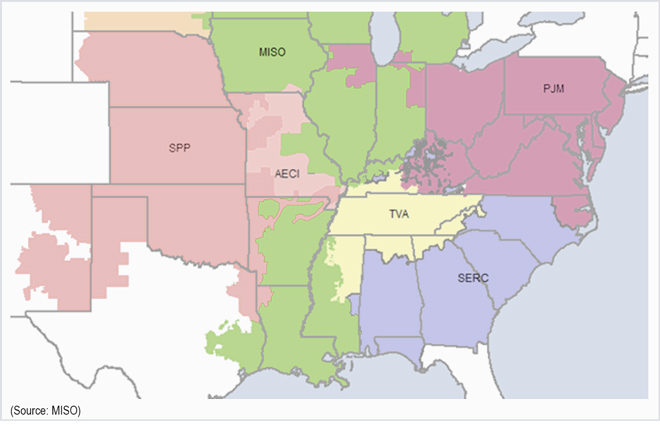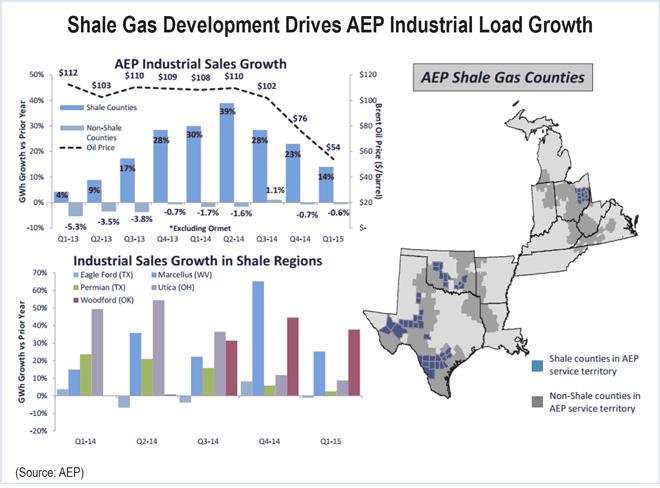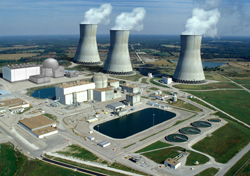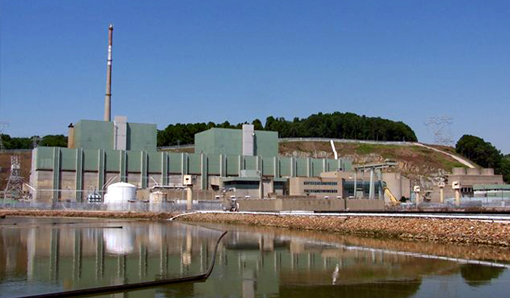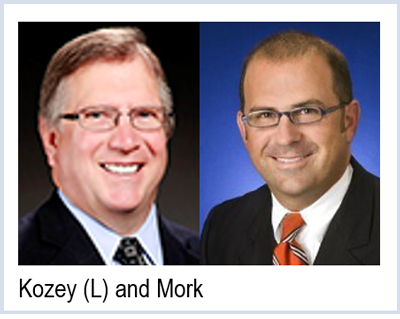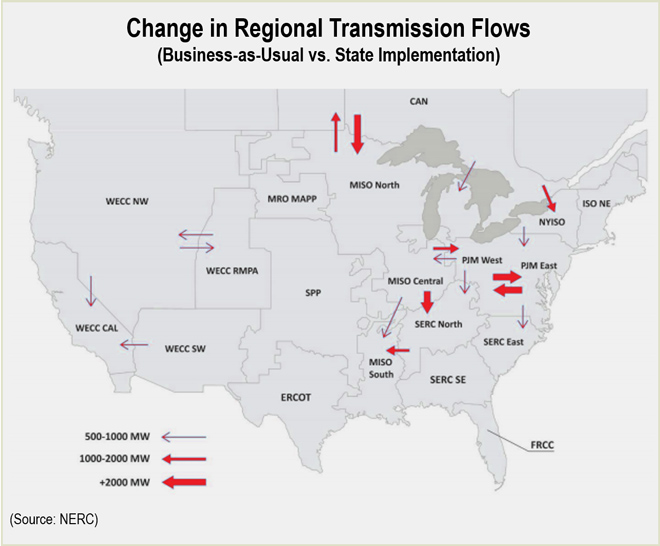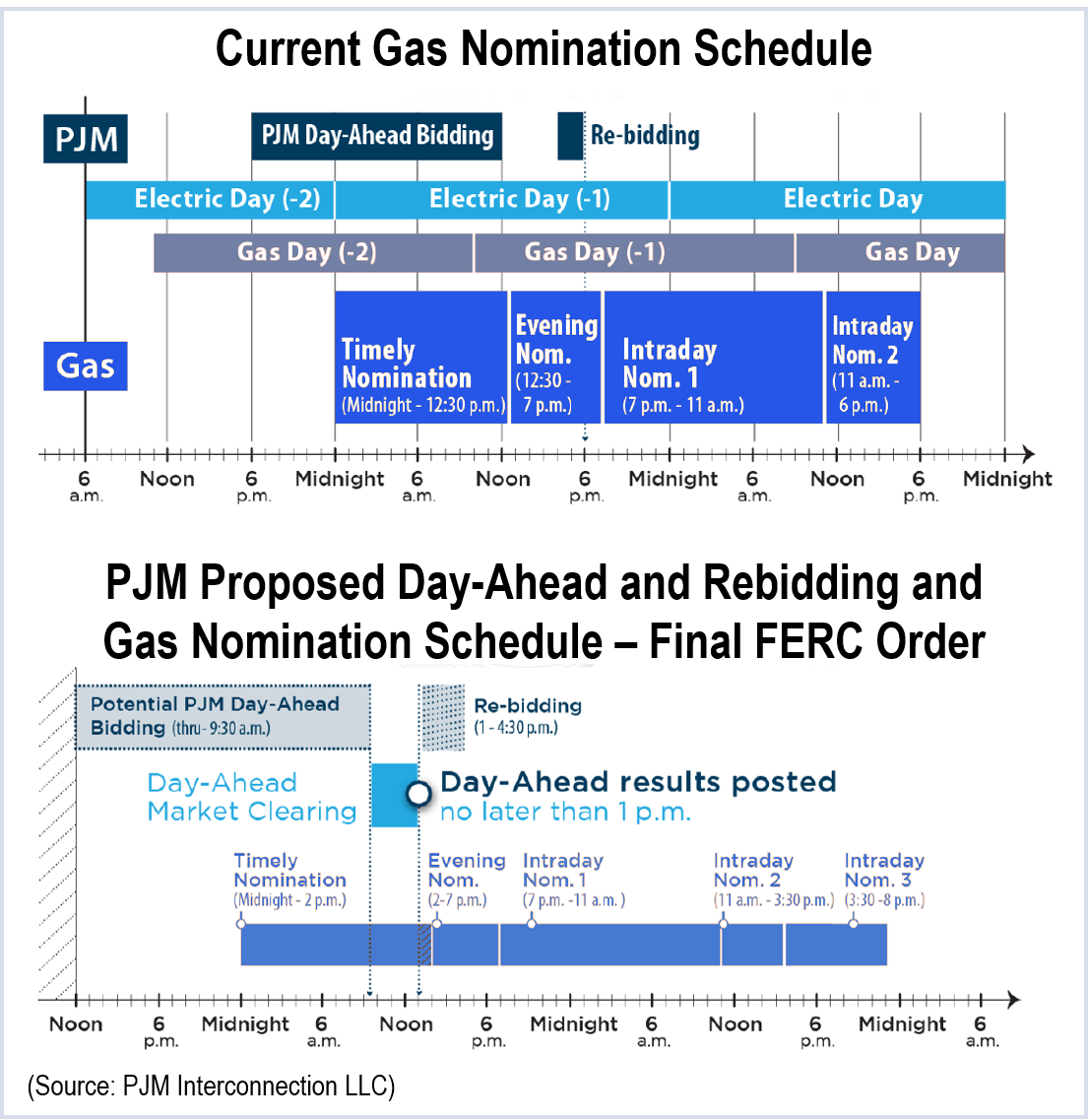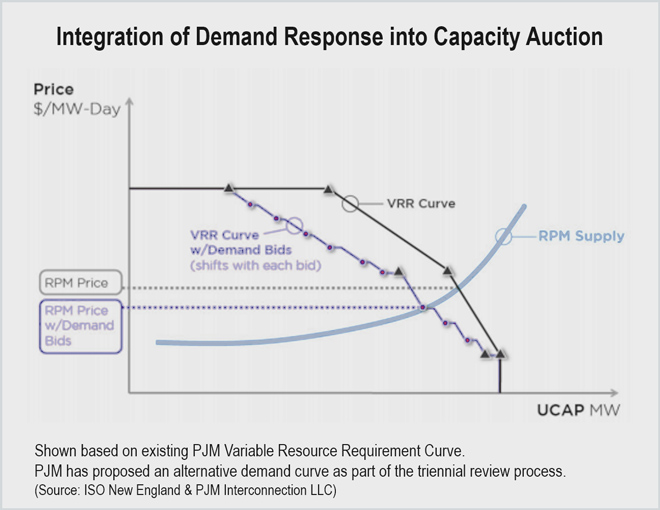By William Opalka
New England governors last week backed away from their 2013 commitment to share the costs of new gas pipelines and electric transmission, announcing a revised regional energy strategy that gives individual states more flexibility.
A joint statement released after a summit on Thursday in Hartford, Conn., reaffirmed the governors’ commitment to regional cooperation in shifting to cleaner energy sources and expanding natural gas and electric infrastructure. However, the statement recognized the political realities of each state, all but abandoning a controversial effort to have ratepayers in all six states share in the cost of building natural gas pipelines.
“We recognize that each state may support addressing our regional energy challenge in different ways. These efforts must be done in partnership with state legislatures, and respecting the requirements of laws, regulatory proceedings, and opportunities for public participation that are unique to each individual state,” the governors said.
“It’s as if the governors had agreed on family-style meals [in 2013], but now everyone’s ordering a la carte,” The Hartford Courant observed.
New England pays the highest electric rates in the continental United States and is particularly vulnerable to price spikes in the winter. ISO-NE has created winter reliability programs to counter tight natural gas supplies, but its increasing reliance on oil-fired generation runs counter to the region’s environmental commitments, the governors said.
Vermont, New Hampshire Not Committed
In a companion document outlining short-term goals, states emphasized their project and policy preferences, with Vermont and New Hampshire pointedly not committing to sharing in new infrastructure spending.
“Vermont has not committed to share in the allocated costs of any regional gas infrastructure or electric transmission projects,” it said, but noted that the state could host transmission projects if they met its “legal criteria.”
New Hampshire noted it is a net energy exporter and said it “may host projects that meet its siting requirements and which provide benefits to the state’s residents and businesses, including our second largest industry, tourism.”
Proposed infrastructure projects are hot-button issues in both ends of New Hampshire. The Northern Pass transmission line would cut through the White Mountains to import 1,200 MW of Canadian hydropower. Part of Kinder Morgan’s proposed Northeast Energy Direct pipeline project was rerouted to existing rights-of-way in the southern end of the state to counter objections to a path in northeast Massachusetts.
Northeast Direct is one of two large-scale projects proposed to transport Marcellus Shale gas into New England from Pennsylvania. The other is a Spectra Energy project that would largely use existing rights-of-way and eventually connect with the Canadian Maritime provinces.
Connecticut Democratic Gov. Dannel Malloy, who hosted last week’s summit, also spearheaded the December 2013 meeting, which resulted in a statement that endorsed collective action. In it, the governors pledged “to advance a regional energy infrastructure initiative that diversifies our energy supply portfolio while ensuring that the benefits and costs of transmission and pipeline investments are shared appropriately among the New England States.”
The governors united behind a plan to provide a funding mechanism for natural gas pipeline expansions though a regional tax on utility bills. That plan fell apart last year when the Massachusetts legislature balked at a comprehensive package that former Democratic Gov. Deval Patrick wanted that would link gas infrastructure with a plan to expand transmission to import Canadian hydropower into the region.
Shift by New Mass. Gov.
Patrick’s successor, Republican Gov. Charlie Baker, said in a press conference after the summit that his administration supports new pipelines and transmission, a statement that The Boston Globe reported represented “a shift in tone” from Patrick’s emphasis on renewable energy.
Maine’s Republican Gov. Paul LePage, who also appeared at the press conference, praised Baker as “more collaborative and more open-minded” than Patrick, who he said was “held hostage by an ideology.”
Baker, who took office in January, said he has asked the state Department of Public Utilities to review all natural gas pipeline options. He indicated support for Spectra Energy’s plan to expand the Algonquin pipeline but would not say whether he supports Kinder Morgan’s more controversial plan, The Globe reported.
Still, some collaborative efforts continue. Earlier this year, Massachusetts, Connecticut and Rhode Island began a process that could result in joint purchases of clean energy. (See New England States Combine on Clean Energy Procurement.)

